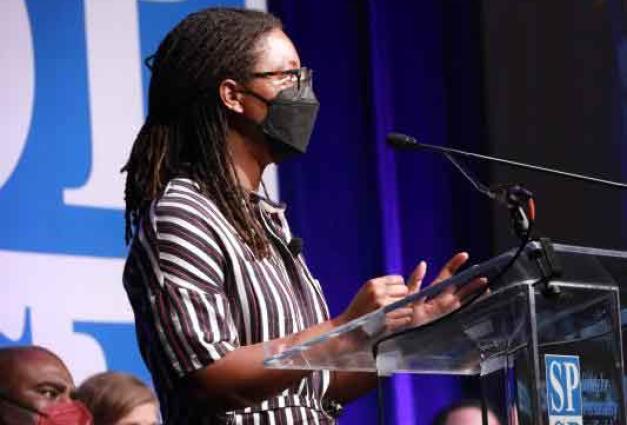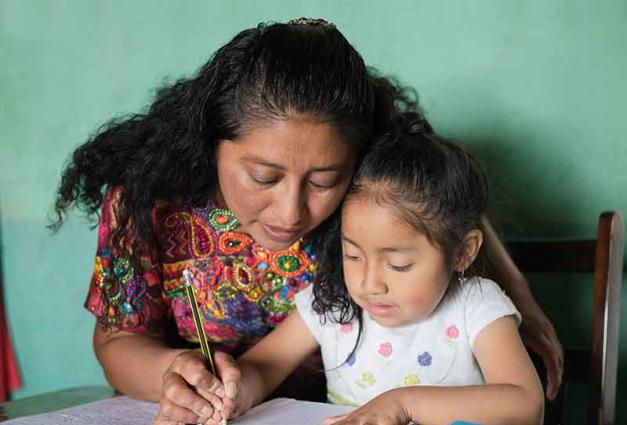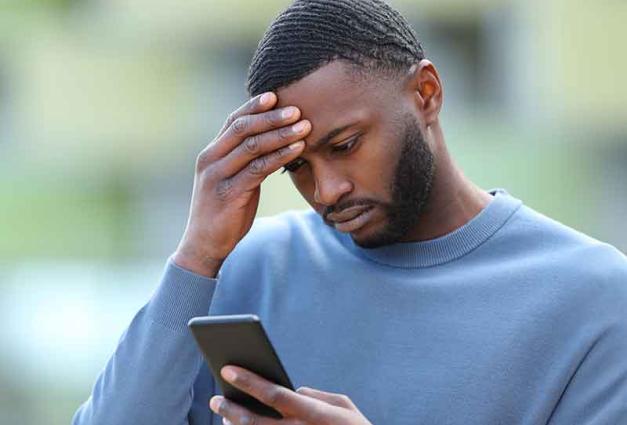On Thursday, April 12, 2018, two black men were sitting at a Starbucks, waiting for a friend to arrive. The men asked to use the restroom but had not yet purchased anything. An employee asked them to leave and called the police. The two men were then arrested for trespassing. They were later released, and Starbucks did not file any charges.
Also, on Thursday, April 12, 2018, Brennan Walker, a 14-year-old black student, missed the bus to school. He tried walking the four miles to get there but ended up getting lost. Not having his phone with him, he decided to knock on a door to ask for directions. The woman at that home began to yell at him until her husband came out and attempted to shoot Brennan. Brennan luckily managed to run away and was not physically harmed.
In light of some of these recent stories, we asked Keith Payne, a professor of psychology and neuroscience at UNC-Chapel Hill, to weigh in on these events and tell us more about how implicit bias can influence decisions and behaviors. Interested in the psychology of inequality, he is currently studying how economic inequality effects decision-making and behaviors as well as implicit bias and how prejudice in our culture and society cues biases in our minds and behaviors.
What is implicit bias? How is it different than “explicit” bias?
Implicit bias is simply the tendency for biased associations and stereotypes that are attached to social groups in our culture to come to mind easily. They can come to mind unintentionally, or involuntarily, and just because they pop into mind, doesn’t mean people believe they are true – that’s the difference. Explicit bias is prejudice thoughts or theories we endorse as true. They don’t have to go together. While there tends to be a small correlation, they operate differently. Implicit bias is just what pops into one's mind.
Do you think these stories are examples of implicit bias?
I don’t know what the decision-makers in these stories were thinking, so I can’t say if they explicitly believed in certain stereotypes that led them to believe that the two men in Starbucks were up to no good, or that the student was threatening. We know that both explicit and implicit forms of bias can shape how we interpret ambiguous situations. Probably the Starbucks employee and the man who shot at Brennan perceived their situation to be something threatening, even if this was just shaped by the stereotypes in their minds.
What are the challenges of studying implicit bias and how it manifests?
These situations are ambiguous on different levels. When interacting with different people, we are always making inferences about what they are thinking because we can’t tangibly see their intentions. If it was obvious to the perceivers what other people were intending to do, maybe their behaviors would look different. But given that they can’t know this in most situations, they rely on stereotypes to fill in the gaps. And these stereotypes tend to reflect racial tropes that we have in society.
What are your thoughts on criticisms of the men for not leaving, or Starbucks' policy to leave stores in charge of restricting access to restrooms?
In response to people who ask or argue “Why didn’t they just leave?”, I think this is a failure to put yourself in their [the two men’s] perspective. These are two men just waiting for their friend to arrive. I think most white people in that position would assert that they had every right to sit there. Whatever Starbucks’ policy [regarding using the restroom and purchasing something], to the extent that you use that discretion differently towards white and black customers, that is illegal discrimination.
Is racial bias training an effective tool for combatting this issue?
Overall, we have very little data on whether racial bias training is effective. With the very little data that is available, it shows little evidence of the effectiveness of training. But we have to be careful what we’re talking about when we say racial bias training. When someone talks about training like this, some people think that they’re trying to re-educate people and instill new beliefs, but I’ve never seen any training where that is the goal. Most are about raising awareness of discrimination and learning about how implicit biases can influence decisions even if you don’t intend to discriminate.
I think that education about the existence and operation of discrimination is a good idea, but when it comes to changing people’s implicit biases, this is probably not a feasible approach.
From my perspective, implicit bias isn’t a feature of the person, but a feature of the situation and culture. So, to the extent that bias training leads managers to restructure their practices, this can be successful, rather than trying to change the implicit associations in peoples’ heads.
What is some research on how people may misperceive African American faces?
There is a bias for people to perceive black boys and girls to be older than they are. And the same racial stereotypes that exist for black and white adults also apply to black and white children. One study found that not only do people associate black adult faces more than white faces with guns, but that this same bias can be seen towards grade school children. People associate the faces of black children with guns more than the faces of white children (Todd et al., 2016). This research suggests that this bias is about the general category information about their race.
Does being more aware of implicit bias make it possible to control our own biases?
Potentially. It’s unclear if making people aware of the potential for bias can reduce bias in their behaviors that take place later. So, it might be helpful to have cues or reminders to help people be aware of the potential for bias at the moment that they make these decisions
It’s hard to tell what effect these stories will have because reading the stories on the one hand makes people more aware of the bias, but at the same time, these stories activate thinking about the same stereotypes that lead to these biases. So, we need both awareness and a plan about what to do to address these behaviors.
References
Todd, A.,Thiem, K., Neel, R. (2016). Does Seeing Faces of Young Black Boys Facilitate the Identification of Threatening Stimuli? Psychological Science, 27, 384-383
Amatulli, J. (2018). Black Teen Nearly Shot After Knocking on Door Asking for Directions to School.
Stevens, M. (2018). Starbucks C.E.O Apologizes After Arrests of 2 Black Men.
Siegel, R., Horton, A. (2018). Starbucks to close 8,000 stores for racial-bias education on May 29 after arrest of two black men.




